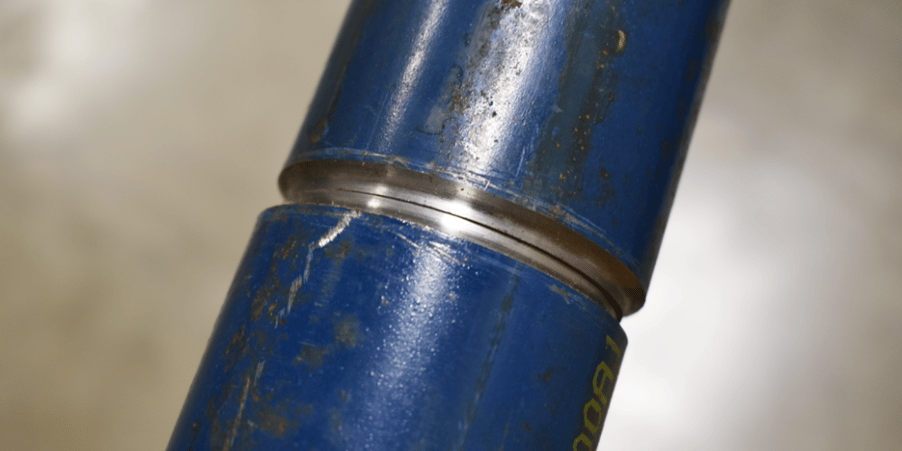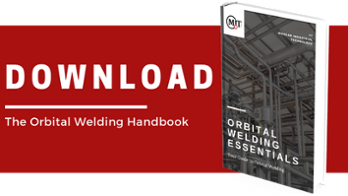If you're looking to get into orbital welding or just received your new welder,
It's important to first understand the different parts that make up an orbital welding rig and how they all work together. In this blog post, we'll look at the anatomy of an orbital welding rig and explain how each component plays a role in creating a platform for orbital welding. An orbital welding rig generally consists of four main components: the power supply, the weld head, the orbital welding head, and the workpiece. Let's take a closer look at each one.
The Power Supply
The power supply is responsible for providing the necessary power to run the orbital welding process. It typically uses alternating current (AC) but can sometimes use direct current (DC) depending on the size of the unit. They can also be either a transformer or an inverter.
Water Cooler
The Water Cooler is a vital part of the orbital welding process as it helps to keep the weld head cool during welding. It is typically made of copper and has water running through it to help dissipate heat.
The Orbital Welding Head
The orbital welding head is what holds the welding electrode in place and rotates it during the orbital welding process. This piece is one of the biggest differences from a traditional welding torch is that once this is placed and calibrated, it is hands-off by the technician. Orbital welding heads also have a gas nozzle that directs shielding gas into the weld head and around the work area.
Tungsten Electrode
Tungsten rods are used to create the electrical arc that is necessary for welding. They come in different sizes and shapes depending on the type of orbital welding being performed but are always made from tungsten.
The Workpiece
The workpiece is the object that is being welded. Depending on the application, orbital welding can be used on a variety of materials, including metals, some high-grade plastics, and composites. Magnatech and AMI Orbital welding solutions at MIT are designed for use in sanitary tubing, industrial piping, and high precision engineering.
 How The Part of an Orbital Welder Work Together
How The Part of an Orbital Welder Work Together
Now that we've looked at the different parts of an orbital welding rig, let's see how they all work together.
The orbital welding process begins with the power supply unit providing either AC or DC power to the welding head. The type of power and amount will be determined by the size of the unit and what material is being welded together. The technician will calibrate the machine to achieve a perfect weld.
Once the power is set, the welding head will start to rotate the electrode around the workpiece. The orbital welding head will also direct a shielding gas around the weld area to help protect it from contamination.
As the electrode rotates, it will create an electrical arc that heats up the tungsten rod. This heat is then transferred to the workpiece and melts the metal, joining the two pieces together. The orbital welding process is now complete, and you should have a strong, clean weld! Orbital welding is a great way to achieve repeatable, high-quality welds on a variety of materials and in variable work environments.
Orbital welding is a versatile welding process that can be used on a variety of materials, making it a popular choice for many industries. Interested in learning more or wanting to get started on training? Contact our Business Development Team at the link below.
Aug 22, 2022 9:47:59 AM


.jpg?width=520&height=294&name=Email%20Infographics%20(2000%20%C3%97%20800%20px).jpg)
.png)
Comments